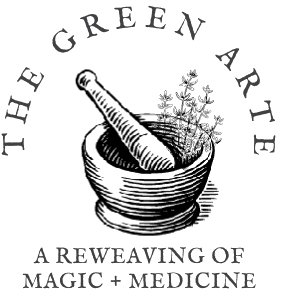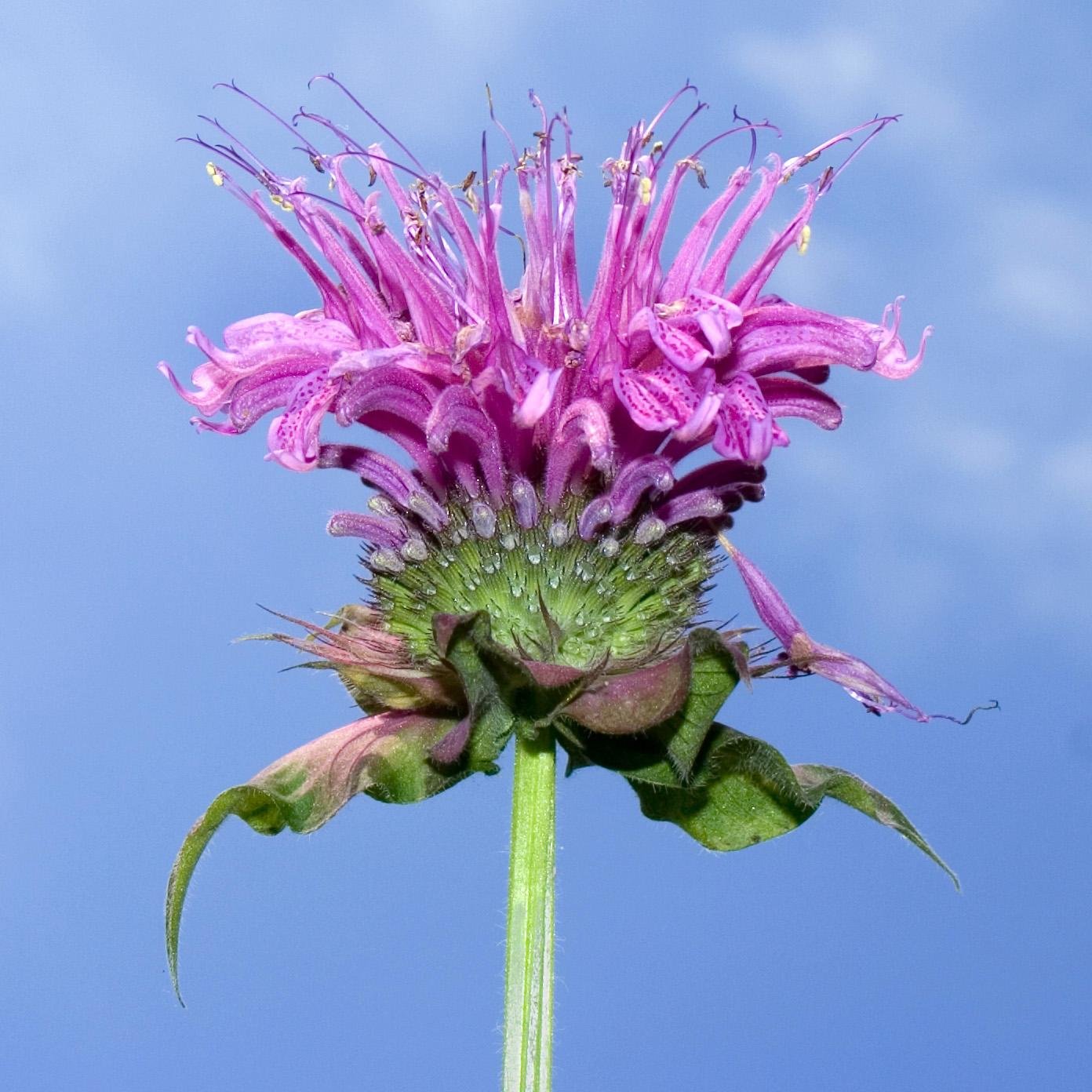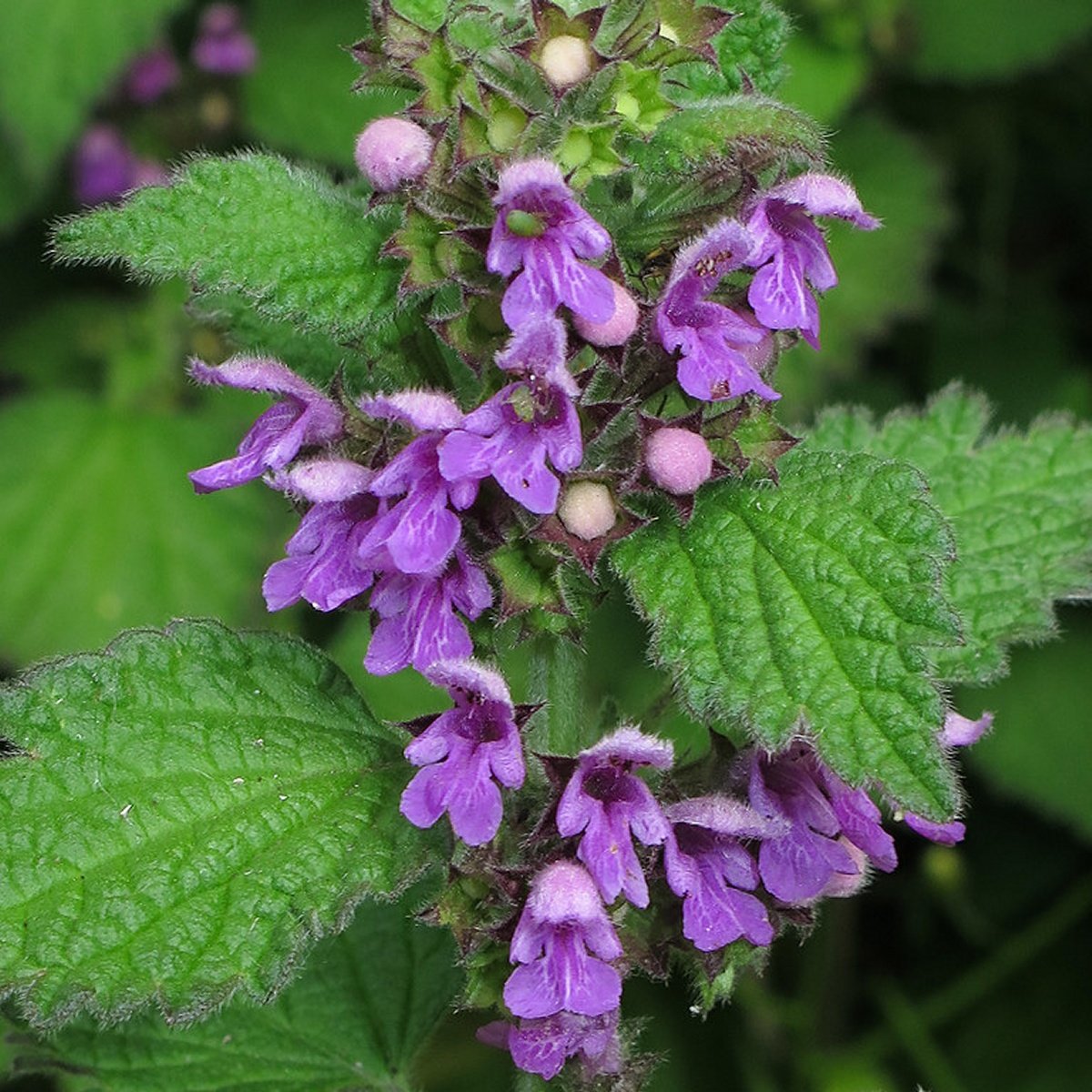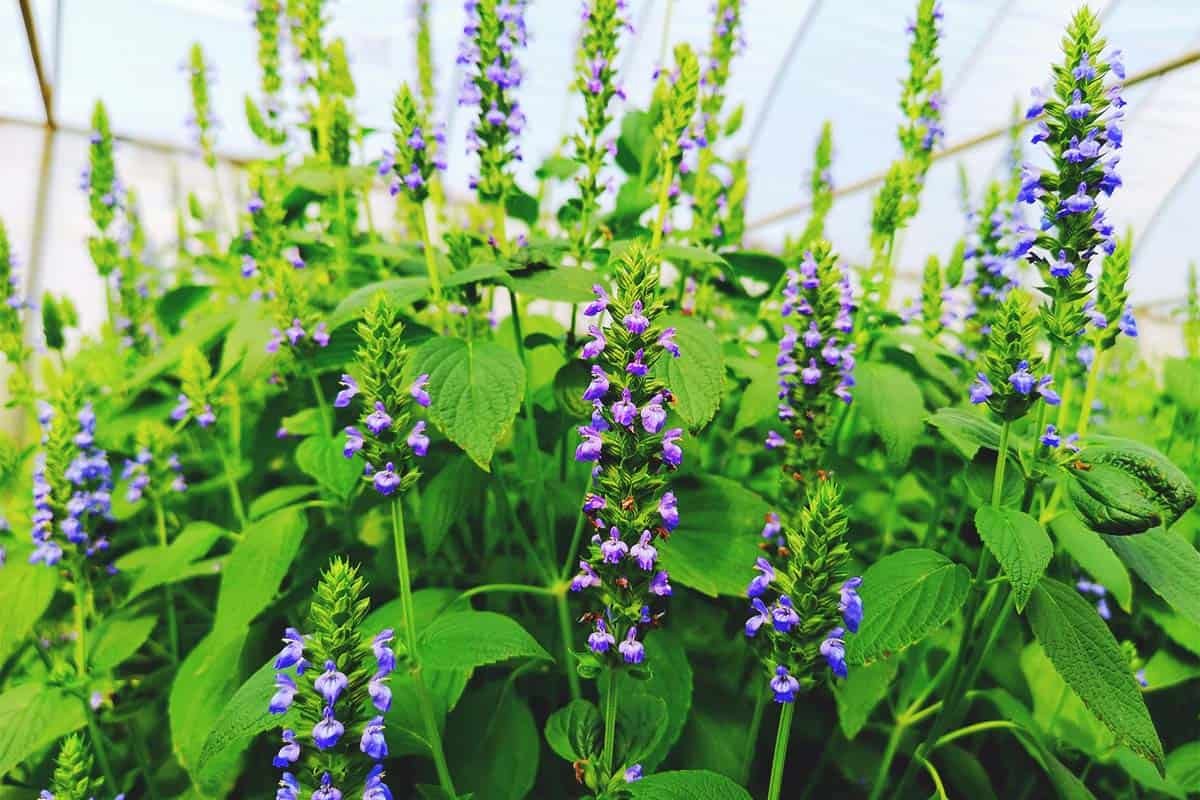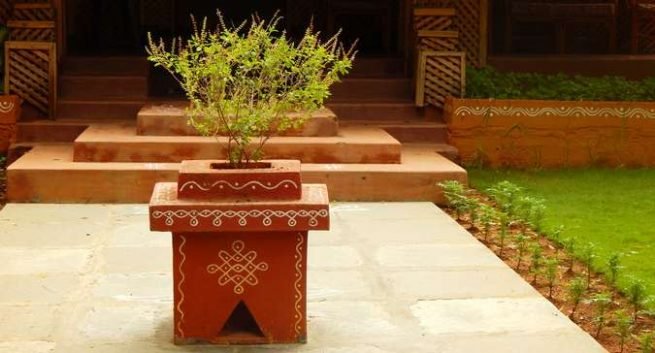Why You Should Know The Mint Family Herbs
I love the Lamiaceae family so much, you know, the Mint family! This square-stemmed, opposite-leafed family has over 200 genera and thousands of individual species and I want to be invited to every single family reunion.. what a party! But seriously, the Mint family is incredibly important in herbalism, and I want to show you why.
First, Mint plants are wrapped up in every aspect of culture and tradition for folks all across the world. If you’re from a place where the cosmopolitan Mint family can grow, they probably do grow, and they’re probably part of your cuisine, rituals, folklore, gardening, and more. The Mint family plants have been deeply intertwined in the human drama since time immemorial- they’re plants we’re fascinated by and they seem to really enjoy our attention.
So, who besides Mint (Mentha piperita) is in this big family? See if any of the plants on this list are familiar to you:
Basil
Oregano
Thyme
Rosemary
Lavender
Skullcap
Marjoram
Hyssop
Horehound
Tulsi (Holy Basil)
Pennyroyal
Catnip
Bergamot / Bee Balm / Monarda
Lemon Balm
Marjoram
Patchouli
Betony
Salvia
Sage
Chia
Chaste Tree / Vitex
Dittany
and many, many, many others
So, I’m assuming you’re pretty impressed by this collection of plants and how they’re all related by the way they show up in the world- their botany, physical attributes, signatures, chemical constituents, and more. Mints are amazing!
Someone once asked me if I thought my love of the Mint family could really get me anywhere in practice to which I confidently replied that I believe, wholeheartedly, that I can address any issue from any area of a person’s body, mind, spirit, or lifepath, just with plants from the Lamiaceae family and I mean it! From demulcents (chia) to adaptogens (Holy Basil), nervines (Catnip & Skullcap) to nootropics (Lavender), antiseptics (Thyme & Oregano) to respiratory allies (Hyssop), anodynes (Sage) to antivirals (Lemon Balm)… the Mint family has it all! All while being beautiful, fragrant, and delicious. This group of plants really does cheer for us human folk and makes it easy for use to engage with herbal medicine in a way that’s safer, effective, and truly enjoyable.
Another reason why Mints make up a big part of my clinical work with clients is that they are the loudest herbs and the easiest to hear. Yes, plants communicate and yes they can ‘speak’ to us from within as we work with their medicines. Mints get our attention and can be the plants that are easiest for us to tune into and follow as they share their green wisdom with us.
Mints are also so accessible and easy to grow- maybe the easiest plants to grow out there. Many will thrive in small pots on a windowsill or porch, and most are perennial so they’ll keep coming back year after year if you’ve given them a nice spot in your garden to stretch out. By the way, they will stretch out! I have a Catnip (Nepeta cataria) stand that’s about 5 years old in my yard in over the past few weeks a second vigorous plant has emerged from the cold winter soil over 10 feet away. For this reason, many gardeners prefer Lamiaceae family plants in pots to help reign in on their desire to connect and create community.
Mint family plants are so much fun. They smell amazing, are great in the kitchen, make fantastic teas and other herbal medicines, and are easy to learn to confidently identify. If you’re looking for a segue into working with herbs that’s bright, bold, and accessible- these might be your allies!
